
Top GPUs for Competitive Gaming
🚀 Discover entry-level graphics cards that handle SA esports seamlessly. Boost performance without breaking the bank! 💻💨
- Audit key specs; - Compare latency & frequency; - Pick right capacity. DDR5 RAM for esports: concise guide to choose high-performance kits that boost frame stability and reduce input lag 🔧🎮

In the hyper-competitive world of South African esports, victory and defeat are decided in milliseconds. A split-second stutter, a single dropped frame during a crucial firefight… that’s all it takes to lose the round. While your GPU and CPU get all the glory, there's a silent hero that can make or break your performance: your RAM. This guide cuts through the noise to show you exactly what to look for in DDR5 RAM for esports. 🚀
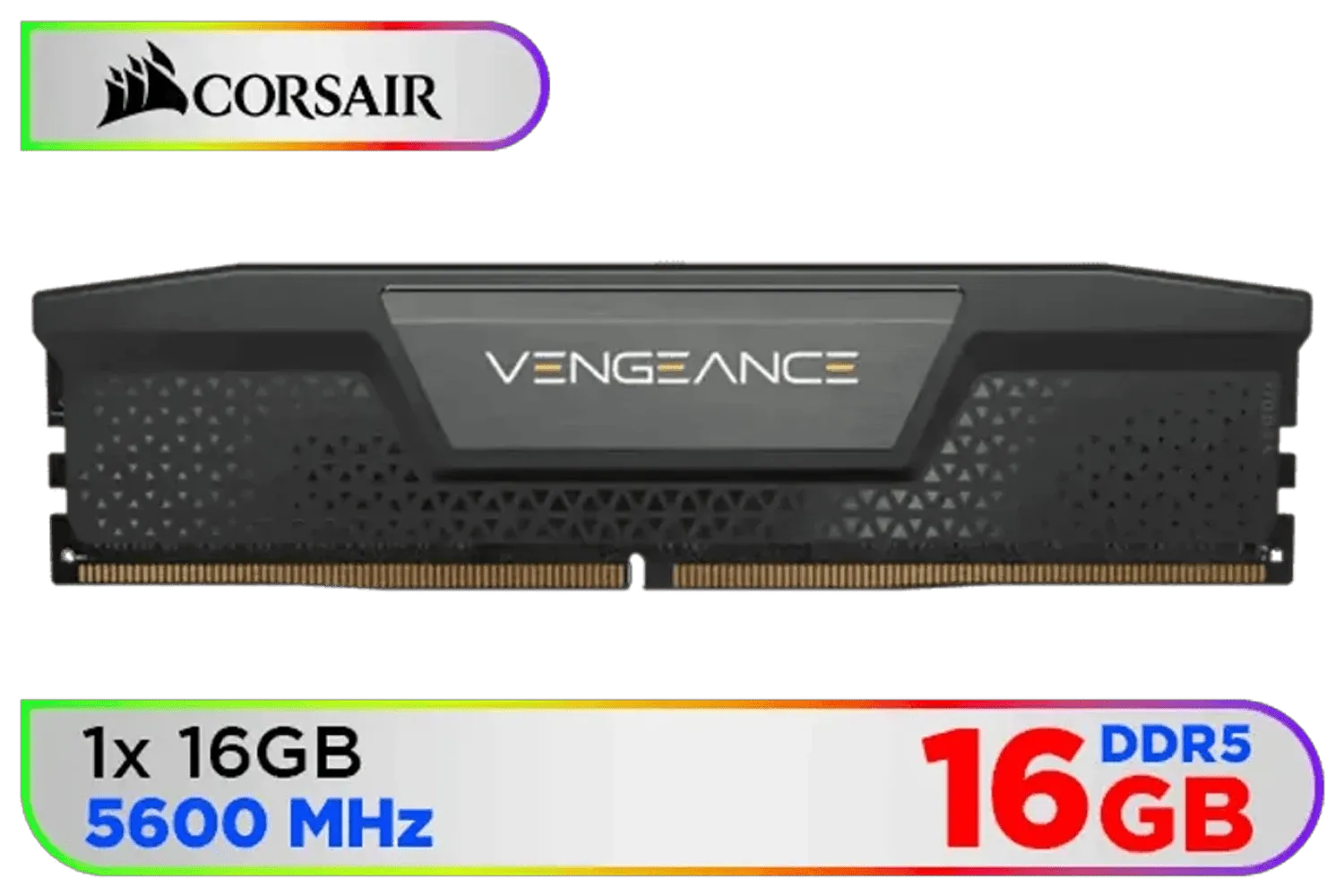
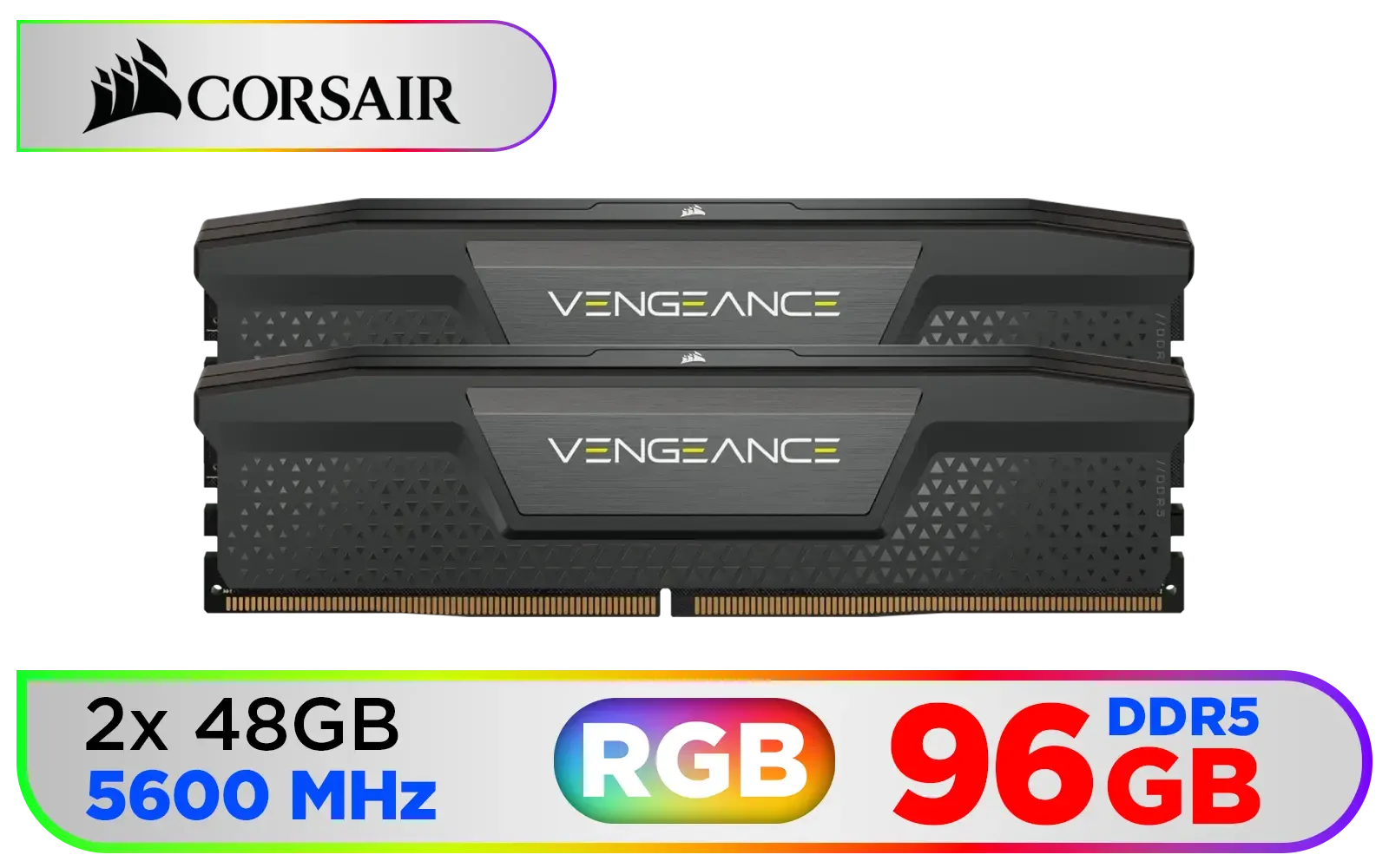




Let's be clear: moving to DDR5 is more than just a number change. It represents a fundamental leap in memory technology. For competitive gamers, this translates into tangible advantages that go beyond what even a solid DDR4 setup can offer.
The primary benefit is a massive increase in bandwidth. DDR5 kits can deliver data to your CPU at nearly double the rate of their DDR4 predecessors. In esports titles like Valorant or Apex Legends, which can be very CPU-intensive during chaotic moments, this extra bandwidth helps maintain higher and more stable frame rates. It's all about improving those "1% lows"—the worst frame drops you experience—which are often the moments that get you eliminated. A smoother experience means your aim stays consistent and your reactions are never hindered by your hardware.
Navigating the world of memory specs can feel like learning a new language. But for esports, you only need to focus on three crucial elements: speed, latency, and capacity. Finding the right balance is the secret to unlocking peak performance.
You'll see speeds advertised in megahertz (MHz) or megatransfers per second (MT/s). For DDR5, 6000MT/s is widely considered the sweet spot for price-to-performance on both Intel and AMD platforms. This speed provides a significant performance uplift in games without the massive price jump of enthusiast-grade kits. Think of it as the engine's RPM—higher is faster, but there's a point of diminishing returns for gaming.
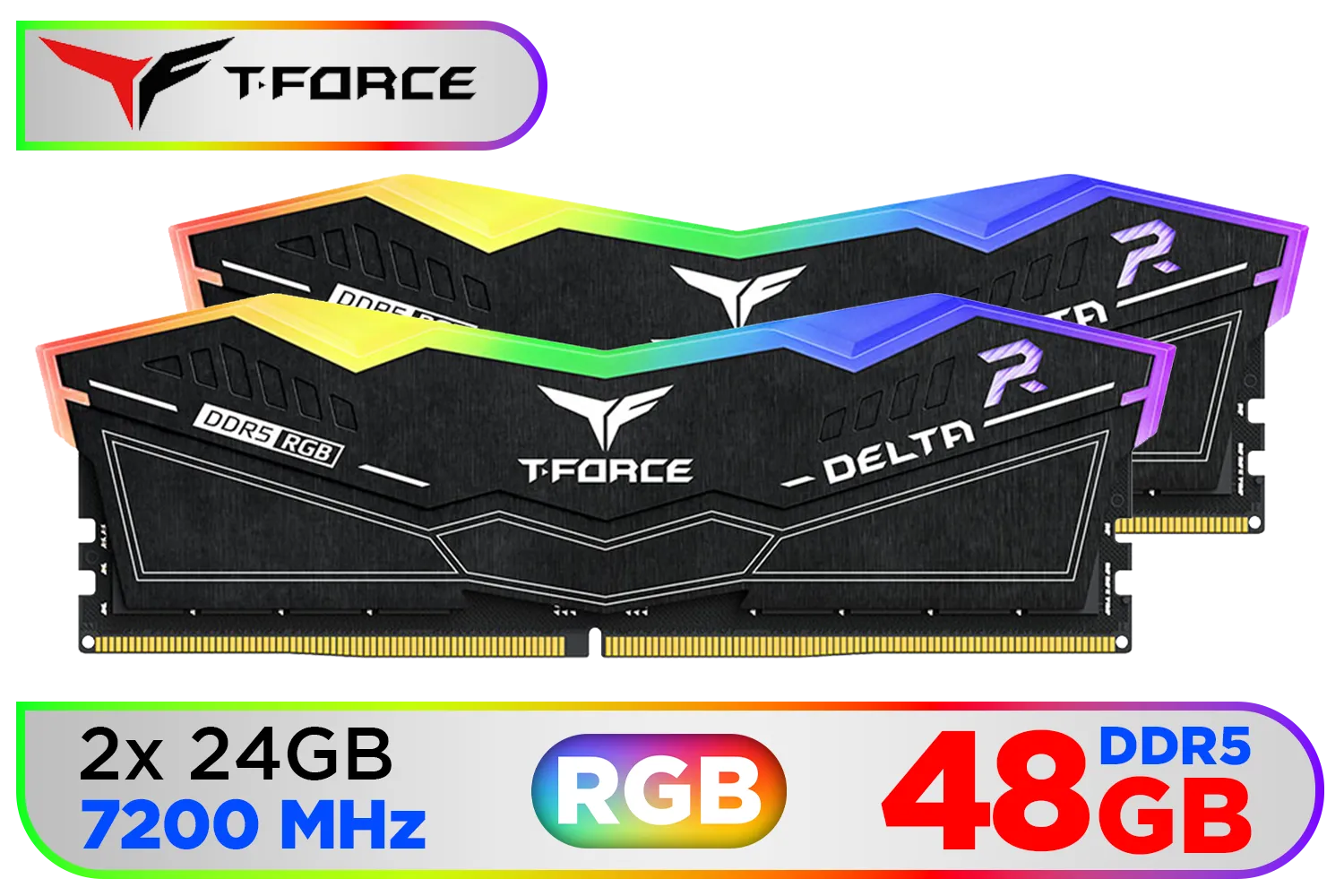


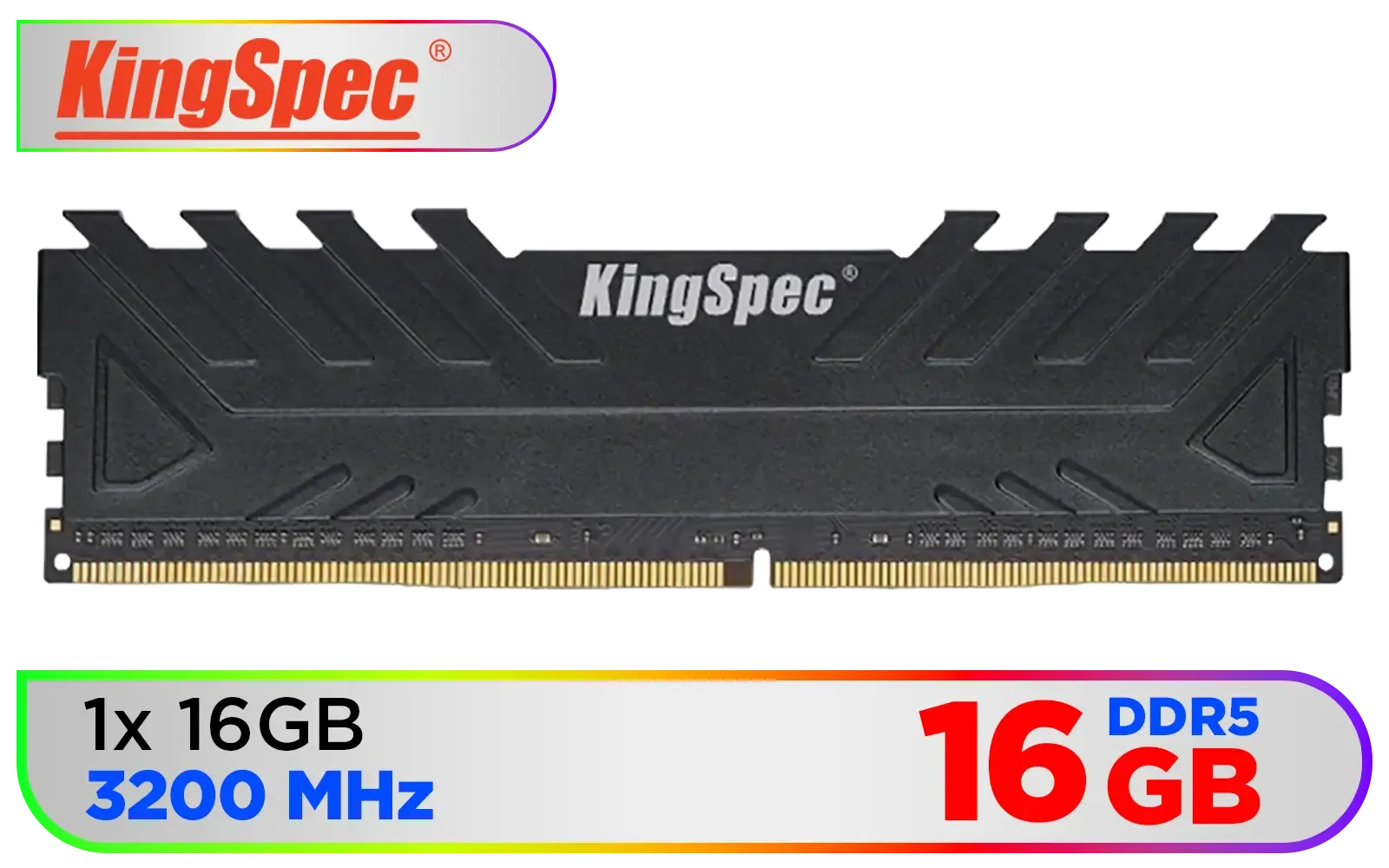


CAS Latency (or CL) measures the delay before your RAM responds to a request. Here, a lower number is better. A kit labelled CL30 is faster and more responsive than one labelled CL40. The perfect DDR5 RAM for esports combines high speed (like 6000MT/s) with low latency (CL30-CL36). This combination ensures your game feels incredibly snappy and responsive. ✨
Your new DDR5 RAM will likely run at a slower, standard speed out of the box. To unlock its advertised performance, you must enter your PC's BIOS and enable its memory profile. For Intel systems, this is called XMP (Extreme Memory Profile), and for AMD systems, it's EXPO (Extended Profiles for Overclocking). It's a simple one-click setting that makes a world of difference.
We’ve come a long way since the days when systems ran on just a few gigs of older DDR3 gaming RAM modules. While a quality 16GB DDR4 kit is still fine for many, the conversation changes with DDR5. For a new esports build, 32GB (as a 2x16GB kit) is the new standard. This gives you more than enough headroom for demanding games, plus background apps like Discord, OBS for streaming, and your web browser, all without impacting performance. It's a smart investment that future-proofs your rig. The performance jump from older standards like classic Kingston DDR3 RAM is simply staggering.



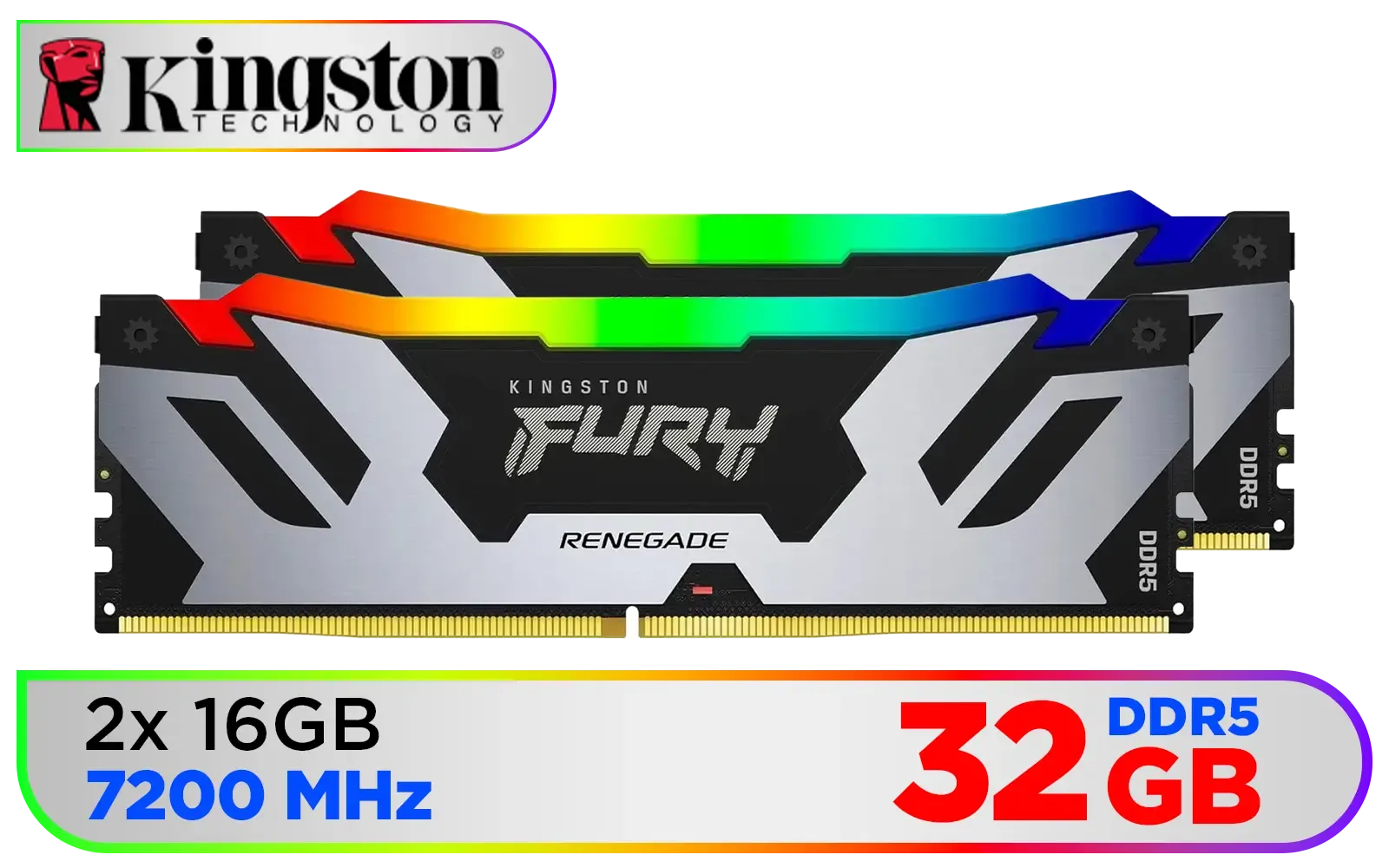


Choosing the right high-performance kit of DDR5 RAM is a crucial step in building a top-tier gaming PC. It’s an investment in smoother gameplay, faster response times, and a tangible competitive edge. If you're running a modern CPU (Intel 12th Gen or newer, or AMD Ryzen 7000 series or newer) and want to squeeze every last frame out of your system, the answer is a resounding yes.
The difference is real, and for anyone serious about their performance in the server, it’s an upgrade that pays for itself with every clutch play. Ready to see what's available? You can explore the latest DDR5 memory kits and find the perfect match for your budget and performance goals.
Ready to Unleash Your Full Potential? In the world of esports, every frame counts. The right DDR5 RAM kit isn't just an upgrade; it's a competitive advantage. Explore our huge range of high-performance DDR5 memory and give your rig the speed it deserves.
Yes. DDR5 can boost frame stability and bandwidth, but gains depend on frequency, latency and game engine. Compare DDR5 frequency and latency.
Aim for 5200–6400 MT/s for a balance of speed and stability; high-frequency DDR5 kits show gains in many esports titles.
CAS latency matters: lower CL with higher frequency often yields best responsiveness. Check DDR5 CAS latency esports benchmarks.
16GB is often adequate for most esports; choose 32GB for streaming or multitasking. Consider DDR5 16GB vs 32GB based on workloads.
Good cooling helps stability when overclocking. Look for DDR5 cooling for gaming if you plan heavy XMP or manual OC.
Yes. XMP lets you enable rated DDR5 speeds safely. Use DDR5 XMP profiles for esports to reach advertised frequency and timings.
Run frame-time and latency benchmarks, and compare FPS variance across kits. Use gaming benchmarks focused on competitive titles.